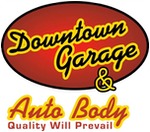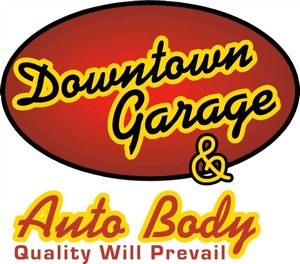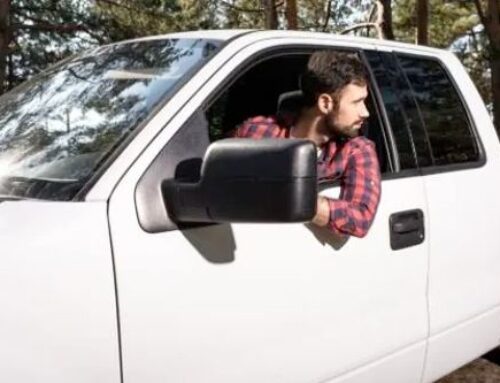Have you been in a collision? After you’ve made sure no one was injured, your mind usually turns to the damage your car suffered. One big concern is often whether your frame became bent during the impact. Auto frames have important jobs. One is to provide the structure for your car. Another is to absorb the force during an impact and protect the passengers inside.
Be on the lookout for the following signs that your car’s frame is bent.
Alignment Is Off
One of the main symptoms of a bent frame is the wheels are misaligned. You should be able to tell right away because the car will pull to one side. You can test this issue straightaway by removing your hands from the steering wheel. If it pulls, your alignment is off. The steering wheel itself should also stay straight on the straightaway.
A car with a bent frame will not maintain its alignment. So, even if you align your car, the bent frame will lead to misalignment again without another collision.
Wheels Track Sideways
A similar issue can come with the wheels. Your car’s suspension system should keep all four wheels tracking. So, the two rear wheels should be directly behind the two front wheels. However, because the frame is bent, the suspension system can’t function the way it was designed. The wheel tracking will be off.
If you’ve ever seen a dog running, you may have noticed their hind legs don’t track right behind their front legs — they’re kilted off to the side. A car with a bent frame will look like that running dog with the rear wheels slightly off to the side. If the damage is that significant, you’ll probably have difficulty driving straight even with both hands on the wheel.
Damage Is Visible
Manufacturers used to make all vehicles with a ladder frame, which consisted of parallel rails running the whole length of the car. They used crossbars across the length of the vehicle to secure the frame. Modern trucks are still constructed with ladder frames. With ladder-frame vehicles, a bent frame might not be as visible because the frame is deep inside the body.
Manufacturers now construct cars with a unibody frame. With this style, the frame and the body are the same. The manufacturers use smaller components to create what looks like an actual car skeleton that’s just missing items such as doors and hoods.
You’ll be able to see frame damage on a unibody frame car. You can look around the doors and hood to the frame rails themselves. Simply put, if they’re bent, your frame is bent.
Components Don’t Fit Tightly
You may not see the bend in the frame of a unibody car, especially if the damage is underneath the car. However, you can still detect it by looking at some of the individual components. For one, the hood, trunk, and doors may be misaligned. You’ll see gaps in some places. They were designed to fit snugly into the frame, so the gaps are an indicator of frame damage.
You may also see changes in how the doors, trunk, and hood open and close. One clear sign is if they catch when you move the door. Another sign is if some doors open wider than others. You may also notice that the hood or trunk squeal when you move them. All of those indicators show that these components no longer fit well within the frame structure.
Engine Produces Unusual Noises
A bent frame can affect the engine, too. With both ladder and unibody styles, the frame incorporates components to hold the engine specifically. Your engine is an intricate component, so it needs to be held perfectly within the frame.
If part of the frame underneath is bent, you may hear strange noises from the engine. The noises could sound like metal rubbing together or squeals. These noises indicate your engine isn’t straight inside the frame.
If you suspect your car’s frame is bent, have Downtown Garage & Auto Body check it out.





